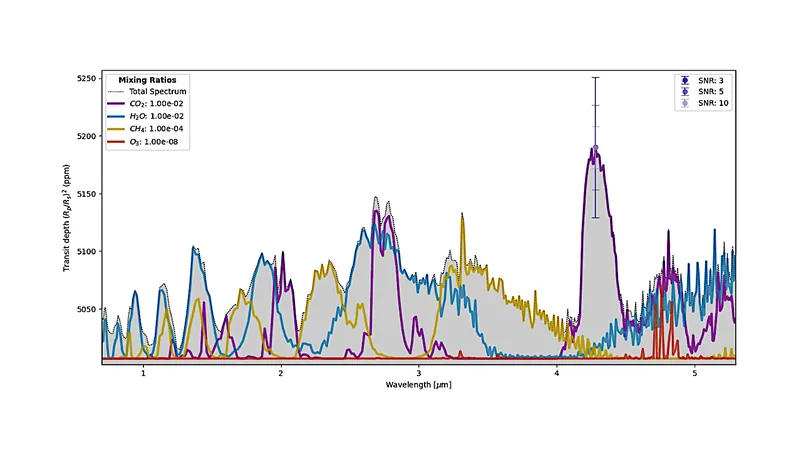
Alarming Link Confirmed: H5N1 Avian Flu Risk in Cat Food and Cholera Outbreak Escalates in Angola
2025-03-31
Author: Nur
H5N1 Avian Flu Risk in Cat Food
Recent investigations have uncovered a disturbing risk associated with a popular brand of raw cat food linked to H5N1 avian flu infections. The New York State Department of Agriculture and Markets issued a critical warning on March 28, highlighting Savage Cat Raw Chicken Cat Food after multiple reports of feline illnesses traced back to this product. The alarming findings came following tests conducted by the New York City Department of Health and Cornell University, which confirmed the presence of the H5N1 virus in samples from one particular lot. The confirmation was further supported by testing from the US Department of Agriculture’s National Veterinary Services Laboratory.
Health officials noted that there have been illness reports among cats in New York City and other states, including California, Colorado, Pennsylvania, and Washington. The dangerous trend has seen other raw pet food brands also implicated in sporadic H5N1-related deaths and illnesses in felines, raising significant concerns among pet owners nationwide.
Further H5N1 Detections
In addition to the cat food warning, the USDA’s Animal and Plant Health Inspection Service (APHIS) has reported further detections of H5N1 in animal populations. Notably, one recent detection was in dairy cattle in Idaho, bringing the total number of H5N1 detections in the US to a staggering 995 cases across 17 states since March 2024. Moreover, APHIS confirmed two new poultry detections, one from a farm in Pennsylvania’s Lancaster County, and the other from a live bird market in Queens County, New York.
Cholera Outbreak in Angola
Meanwhile, an alarming cholera outbreak is unfolding in Angola, with the World Health Organization (WHO) revealing that the disease has now spread to 16 out of the country’s 21 provinces in 2024. As of March 25, the outbreak had resulted in 8,543 reported cases and 329 deaths, yielding a worrying case-fatality rate of 3.9%. A significant portion of these fatalities occurred outside medical facilities, highlighting the dire public health crisis.
The outbreak initially surged to over 1,000 cases per week in early February but had stabilized at around 800 weekly cases for a period. However, a recent spike has seen cases soar again, with the weekly count peaking at 1,200—marking the highest number observed to date. Children aged 6 to 14 years make up 23.1% of total cases, while those aged 15 to 24 constitute 21.7%.
Public Health Concerns and Measures
Angola's history with cholera has shown that outbreaks often follow heavy rainfall periods, and current conditions are exacerbated by limited access to clean water and sanitation. This vulnerability is not only a concern for Angola but also poses risks of outbreaks spreading to neighboring countries like the Democratic Republic of the Congo and Zambia, which are currently dealing with their own cholera crises.
Health experts warn that the ongoing cholera outbreak, combined with the onset of the rainy season, puts Angola at a significantly high risk for further disease spread both within its borders and to nearby regions. Urgent measures are needed to address this public health emergency and provide affected communities with access to adequate clean water and sanitation solutions.




 Brasil (PT)
Brasil (PT)
 Canada (EN)
Canada (EN)
 Chile (ES)
Chile (ES)
 Česko (CS)
Česko (CS)
 대한민국 (KO)
대한민국 (KO)
 España (ES)
España (ES)
 France (FR)
France (FR)
 Hong Kong (EN)
Hong Kong (EN)
 Italia (IT)
Italia (IT)
 日本 (JA)
日本 (JA)
 Magyarország (HU)
Magyarország (HU)
 Norge (NO)
Norge (NO)
 Polska (PL)
Polska (PL)
 Schweiz (DE)
Schweiz (DE)
 Singapore (EN)
Singapore (EN)
 Sverige (SV)
Sverige (SV)
 Suomi (FI)
Suomi (FI)
 Türkiye (TR)
Türkiye (TR)
 الإمارات العربية المتحدة (AR)
الإمارات العربية المتحدة (AR)